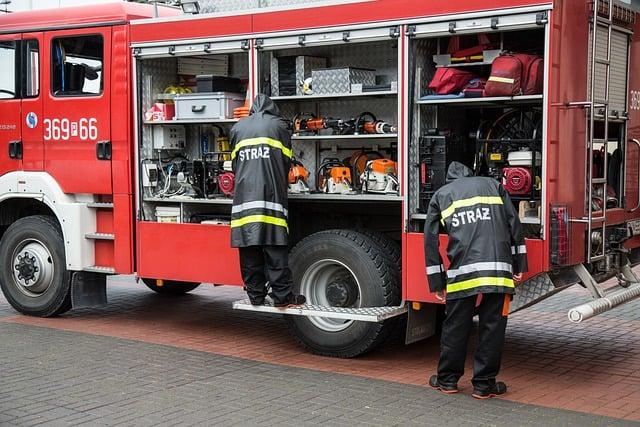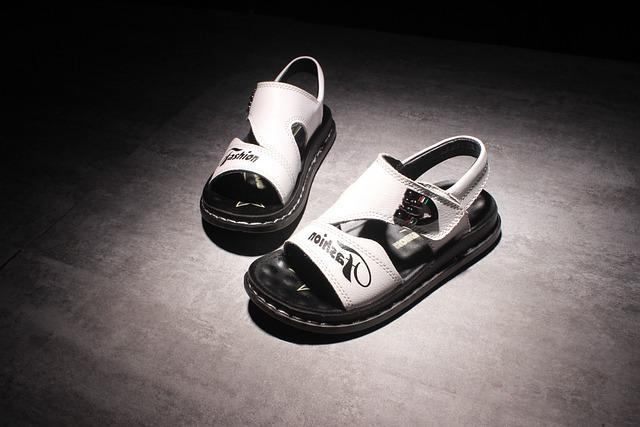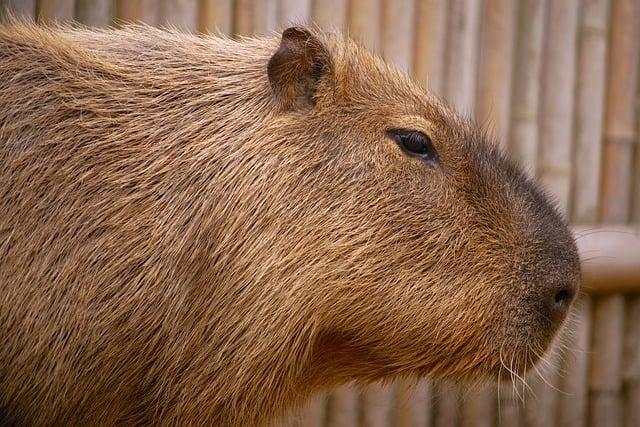As the first snowflakes danced from the sky, Mia stood at the base of the mountain, her heart racing with excitement. She had borrowed her brother’s old ski coat, a vibrant red relic from the ’90s. But as she zipped it up, she felt a chill seep through the worn fabric.
Suddenly, a sleek, modern jacket whizzed past her, its waterproof shell glistening in the sunlight. Inspired, Mia decided to invest in a high-quality ski coat—one that was insulated, breathable, and stylish. With her new gear, she soared down the slopes, embracing the thrill of winter.
Table of Contents
- Choosing the Right Insulation for Optimal Warmth on the Slopes
- Understanding Waterproofing Technologies for Ski Coats
- Evaluating Breathability Features for Comfort During Active Use
- Essential Fit and Style Considerations for Skiing Performance
- Q&A

Choosing the Right Insulation for Optimal Warmth on the Slopes
When it comes to skiing, the right insulation can make all the difference in your comfort and performance on the slopes. Look for materials that provide excellent warmth without adding excessive bulk. **Down insulation** is a popular choice due to its lightweight nature and superior heat retention, making it ideal for cold, dry conditions. However, if you anticipate wet weather, consider **synthetic insulation** options, which maintain their insulating properties even when damp. Additionally, some jackets feature a combination of both types, offering the best of both worlds for unpredictable mountain climates.
Another crucial factor to consider is the **insulation thickness**. Thicker insulation may seem like a good idea for frigid temperatures, but it can restrict movement and lead to overheating during vigorous activity. Instead, opt for jackets with **adjustable ventilation systems** that allow you to regulate your body temperature. Furthermore, pay attention to the **jacket’s fit**; a snug but comfortable fit will help trap warmth while allowing for layering underneath. Ultimately, the right insulation will not only keep you warm but also enhance your overall skiing experience, allowing you to focus on the thrill of the descent.

Understanding Waterproofing Technologies for Ski Coats
When selecting a ski coat, understanding the various waterproofing technologies can significantly enhance your experience on the slopes. Ski coats typically utilize a range of materials and coatings designed to repel water while allowing moisture from sweat to escape. **GORE-TEX** is one of the most recognized waterproofing technologies, known for its durability and breathability. This membrane is often used in high-end ski jackets, providing a reliable barrier against rain and snow while ensuring comfort during intense physical activity. Other popular options include **eVent** and **HyVent**, which also offer excellent waterproofing and breathability, catering to different preferences and budgets.
In addition to the membrane technology, the construction of the ski coat plays a crucial role in its overall waterproof performance. Look for features such as **taped seams**, which prevent water from seeping through the stitching, and **water-resistant zippers** that further enhance protection against the elements. Insulation materials, like **Primaloft** or **Thinsulate**, can also contribute to the coat’s effectiveness by keeping you warm without adding excessive bulk. Ultimately, the best ski coat will combine these waterproofing technologies with thoughtful design elements to ensure you stay dry and comfortable, no matter the conditions on the mountain.

Evaluating Breathability Features for Comfort During Active Use
When selecting a ski coat, one of the most critical aspects to consider is its breathability, especially during high-energy activities on the slopes. A coat that allows moisture to escape while still providing insulation can significantly enhance your comfort level. Look for materials that feature **moisture-wicking properties** and **ventilation systems**, which help regulate body temperature and prevent overheating. Key features to evaluate include:
- Fabric Technology: Opt for fabrics like Gore-Tex or similar that offer both waterproofing and breathability.
- Ventilation Zippers: These allow you to open up the coat for increased airflow when needed.
- Mesh Linings: A mesh interior can enhance airflow and wick away sweat effectively.
Additionally, consider the overall fit of the coat. A well-fitted ski coat should allow for a full range of motion without being too tight, which can restrict airflow. Features such as adjustable cuffs and hems can help seal in warmth while still allowing for breathability. When evaluating options, pay attention to user reviews and performance ratings, as real-world experiences can provide valuable insights into how well a coat performs under active conditions. Prioritizing breathability will ensure that you stay comfortable and focused on your skiing adventure.

Essential Fit and Style Considerations for Skiing Performance
When selecting a coat for skiing, it’s crucial to prioritize both fit and functionality. A well-fitted coat should allow for a full range of motion, enabling you to navigate the slopes with ease. Look for features such as adjustable cuffs and hems, which can help seal out cold air and snow. Additionally, consider the layering system; your coat should accommodate base and mid-layers without feeling restrictive. **Breathability** is another key factor, as it helps regulate body temperature during intense activity, preventing overheating and moisture buildup.
Style is equally important, as it can enhance your confidence on the mountain. Opt for colors and patterns that resonate with your personal aesthetic while also considering visibility in snowy conditions. **Functional pockets** are essential for storing essentials like ski passes and snacks, so ensure your coat has ample storage without compromising its sleek design. Lastly, pay attention to the coat’s insulation type—down offers excellent warmth but may not perform well when wet, while synthetic options provide reliable insulation even in damp conditions. Balancing these elements will ensure you look good while maximizing your skiing performance.
Q&A
-
What features should I look for in a ski coat?
When choosing a ski coat, consider the following features:
- Waterproofing: Look for a coat with a high waterproof rating to keep you dry.
- Insulation: Opt for materials like down or synthetic insulation for warmth.
- Breathability: Ensure the coat allows moisture to escape to prevent overheating.
- Windproofing: A windproof shell will protect you from harsh mountain winds.
-
Should I choose a long or short ski coat?
The choice between a long or short ski coat depends on personal preference and conditions:
- Long coats: Offer more coverage and warmth, ideal for extremely cold conditions.
- Short coats: Provide better mobility and are often lighter, suitable for warmer days or active skiing.
-
Is it important for a ski coat to have pockets?
Yes, pockets are essential for convenience. Look for:
- Internal pockets: For secure storage of valuables like your phone and wallet.
- External pockets: For easy access to items like snacks, ski passes, or goggles.
- Goggle pockets: A dedicated pocket to keep your goggles safe and scratch-free.
-
Can I wear a regular winter coat for skiing?
While a regular winter coat may provide some warmth, it typically lacks the specialized features needed for skiing:
- Waterproofing: Most winter coats are not fully waterproof.
- Breathability: Regular coats may trap moisture, leading to discomfort.
- Mobility: Ski coats are designed for the range of motion required in skiing.
the best ski coat is one that balances warmth, breathability, and mobility. Whether you prefer a sleek shell or a cozy insulated option, choose wisely to ensure your time on the slopes is both comfortable and exhilarating. Happy skiing!

大家好,我是彼得潘,專業的手法身體治療師。我喜歡探索和研究各種主題,並透過與人工智慧的合作分享專業、實用、有趣的文章。我們定期進行人工審核,以確保內容的準確性。如果您發現文章中有任何不準確的地方,請隨時與我們聯繫,我們會及時糾正。您可以透過 [email protected] 與我們聯繫。



